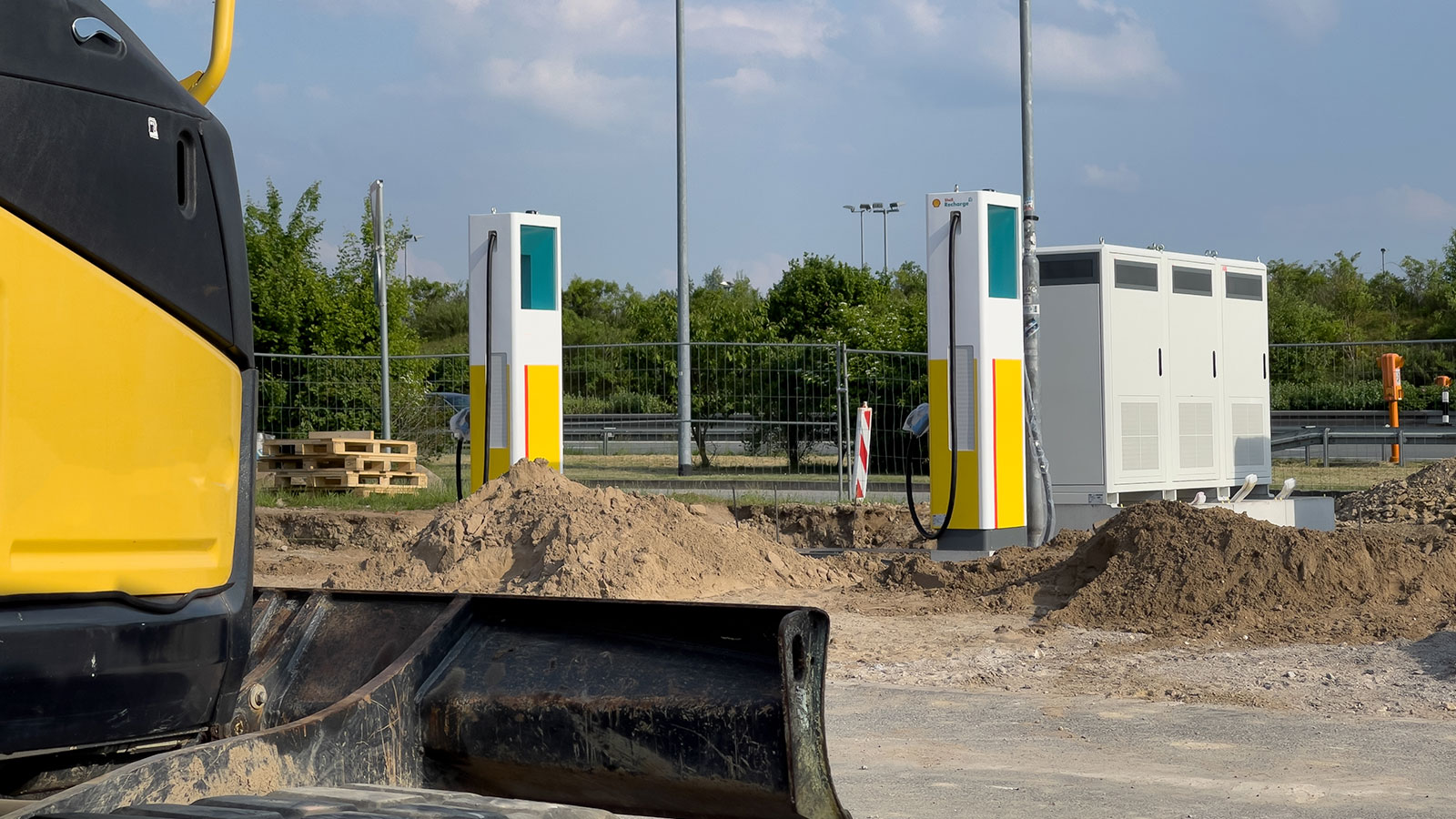The UK is significantly behind on its goal to install 300,000 EV chargers by 2030, with one estimate putting the country at 12 years behind schedule.
In March 2022, then Prime Minister Boris Johnson and Transport Secretary Grant Shapps announced an ambitious goal that would see the UK grow the number of public EV charging points from around 30,000 to 300,000 by 2030.
To meet its ambitious goal, the UK Government announced funding for both local authorities and private companies that would be able to install both local destination chargers and on-route rapid chargers. The amount of funding available was said to be some £1.6 billion, with the majority of that going towards the installation of rapid chargers.
Despite the large sums of money available and the ambitious goal, the UK has thus far failed to massively increase the number of public charging points available to make the target realistic. In fact, according to MakeMyHouseGreen, the country is around 12 years behind schedule at the current rate of installation.
In January 2023, there were 37,055 public EV chargers according to figures from the Department for Transport. By July 2023, this number had increased to 44,020, indicating a trajectory of 13,930 new installations for the entire year. Of course that rate could increase in the latter half of the year – but based on the current trajectory the UK would be far short of its current goal. In fact, it would be less than halfway to its goal of 300,000 with fewer than 140,000 chargers available to members of the public.
How to meet the UK Government’s goal of 300,000 EV chargers by 2030?
The quest to 300,000 by 2030 isn’t impossible – it would just require the number of publicly-accessible EV chargers installed each year to increase by 182.71%. That increase would also be quite realistic over the coming years, after all the current installation rate is 52% higher than the installation rate in 2021-2022, and that was at a point in time when installers were still plagued with supply chain issues and various impacts from the Covid-19 pandemic.
That’s not to say the UK Government can’t do more to ensure enough EV chargers are being installed – including working with DNOs across the country to ensure they have the funds to install the additional capacity needed to support EV chargers. Not a day goes past in recent months that we don’t hear of EV charger installations being delayed due to the unavailability of power in the area.
Llewellyn Kinch, CEO of MakeMyHouseGreen, commented on the issue, “The numbers don’t lie. The current pace is alarmingly inadequate. For the UK to transition smoothly to an electric future, a robust and accessible charging infrastructure is paramount. At this rate, we’re set to hit our targets over a decade late, which is a significant concern for both consumers and the industry.”

